Best Practices Articles
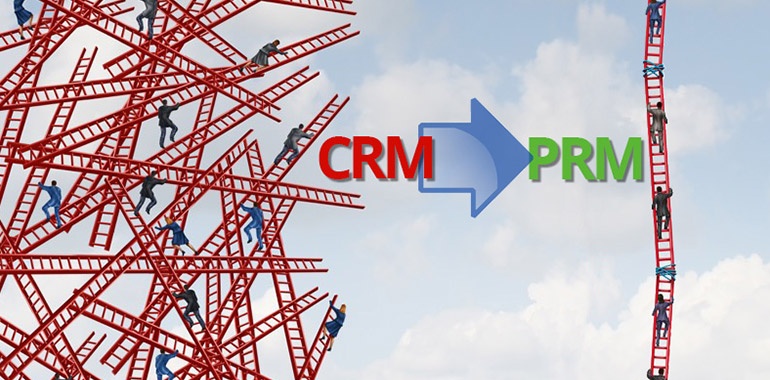
3 Reasons Why You Should Never Use CRM for PRM
Partner relationship management (PRM) is a complex process, but when vendors get it right they can drive truly profitable growth via a network of distributed channel partners. Unfortunately, most companies marketing and selling through the channel tend to rely on their existing customer relationship management (CRM) software infrastructure to manage their partner base instead of using a dedicated PRM platform. This is simply a bad idea. Before we jump into explaining why, let’s take a few minutes to describe what a state-of-the-art PRM actually does.
A purpose-built PRM platform should allow an organization to recruit, engage, enable and manage their partner base seamlessly. Most organizations using CRM to manage partner relationships end up resorting to various point applications, attempting to integrate them into their CRM in order to automate their workflow. The primary goal for partner relationship management (PRM) automation is to provide a portal that partners can access to learn about the vendor’s solutions, download assets, run marketing campaigns, generate leads and register deals, and get paid via various incentives, rebates and rewards programs. The primary use cases for all of these activities have been in existence for the past couple of decades. However, they have failed to deliver a high-performing automated solution for most users who rely on CRM to automate the processes involved. So, let’s take a deep dive into why this is the case.
- Cost: The licensing model for CRM software is user-based. It is almost impossible for any organization to predict how many users from a partner organization will access their portal. As a result, in most cases organizations end up buying either too many seats or not enough. Budgeting becomes a nightmare, and costs can easily go through the roof. On the other hand, purpose-built PRM software like ZINFI’s partner relationship management solution has a price structure based on the total number of partner companies accessing the platform instead of user-based pricing. Band-based pricing in particular (which ZINFI offers) makes it easy for organizations to budget because all they need to do is estimate whether 100 or 250 or 500 partners will be using the portal.In almost every case, PRM beats CRM pricing by anywhere between 10 to 50 times (yes, 50 times!), depending on the size of the channel. The CRM providers simply can’t match this; if they tried, their core revenue in the direct sales market would drop dramatically. This is the fundamental reason most CRM companies have failed to actively participate in the PRM market.
- Complexity: I noted earlier that purpose-built PRM offers applications as a suite to provide an integrated experience for partner recruitment, engagement, enablement and management. Unlike PRM, CRM requires that vendors either undertake a significant amount of customization or bring additional point applications into the mix. Either approach increases integration and implementation time dramatically, and the user experience and administrative experience tends to be highly complex. Complexity drives up costs, and performing upgrades to incorporate advanced features and capabilities can be become a nightmare. In almost every case, PRM beats CRM on ease of use, simply because all applications are integrated in much the same way Microsoft Office is. Think about the analogy to Microsoft Office for a moment: While Excel, PowerPoint, Word, Outlook, etc., are all independent applications, the navigational flow, menu structure, compatibility (cut/paste/edit) and many other functions are seamless across all of the applications. You simply can’t get this kind of integrated experience with a CRM platform that’s been patched up to perform PRM functions. Purpose-built PRM software like ZINFI’s partner relationship management platform, on the other, can deliver a completely unified and easy-to-use experience from the outset.
- Connectivity: This is a huge issue. Most CRMs operate on an object-based architecture, where the CRM is used as a base platform, to which you then connect multiple discrete applications as needed. Setting aside cost and complexity, this patchwork of “connector” applications often slows down the platform dramatically. It also creates multiple security vulnerabilities that a purpose-built PRM application doesn’t have. Furthermore, as Internet connectivity moves from broadband to cellular, many of these connector applications fail to load properly on mobile platforms and tend to offer an unsatisfying mobile user experience. In general, CRM-based PRM systems almost always perform poorly compared to a purpose-built PRM software platform. One other consideration: If you want to add five or six different applications to a CRM—components like learning management, business planning, contracts, incentives, asset management and so on—for each one of these independent applications you will need to implement single sign-on and other field-mapping activities to make sure the information flows smoothly back and forth between the core CRM and the various point applications. This is truly a nightmarish situation for most organizations to manage. A purpose-built CRM needs only ONE connection to the CRM platform to provide seamless, direct and indirect connectivity, and it eliminates the need for you to continuously patch multiple applications together.
I could keep going and add more to this list. But I think it’s clear the hurdles can be overwhelming when you try to use a CRM system as a PRM platform. We have seen organizations save hundreds of thousands of dollars—even millions in some cases—when they switch from using a patched-up CRM system for partner relationship management to deploying truly purpose-built PRM software. If you are trying to reduce your operating costs by an order of magnitude and increase adoption of your automation tools and processes, purpose-built PRM is the only way to go.
Best Practices Guidebook
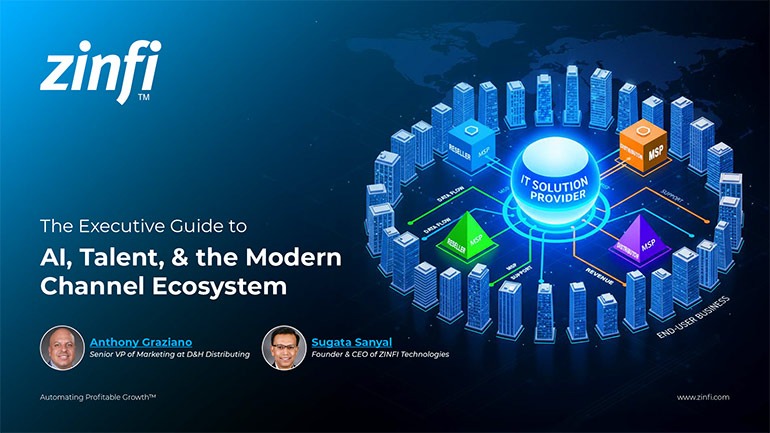 Modernizing Channel Marketing: AI and Ecosystem Enablement Best Practices
Modernizing Channel Marketing: AI and Ecosystem Enablement Best PracticesDownload for FREE
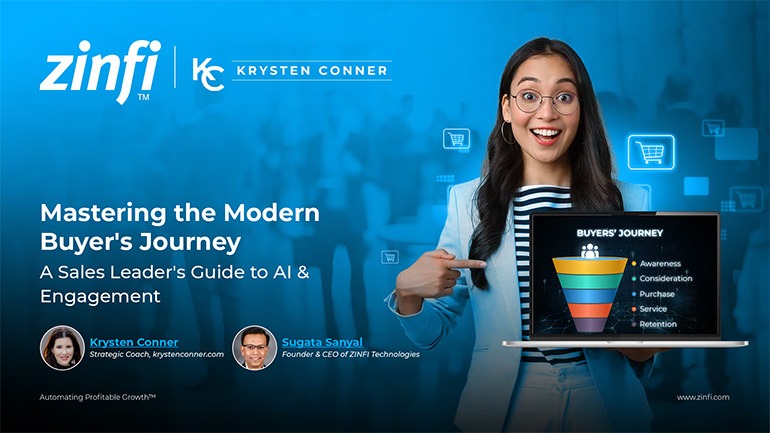 The Channel’s Shift to Partner-Led With AI Best Practices
The Channel’s Shift to Partner-Led With AI Best PracticesDownload for FREE
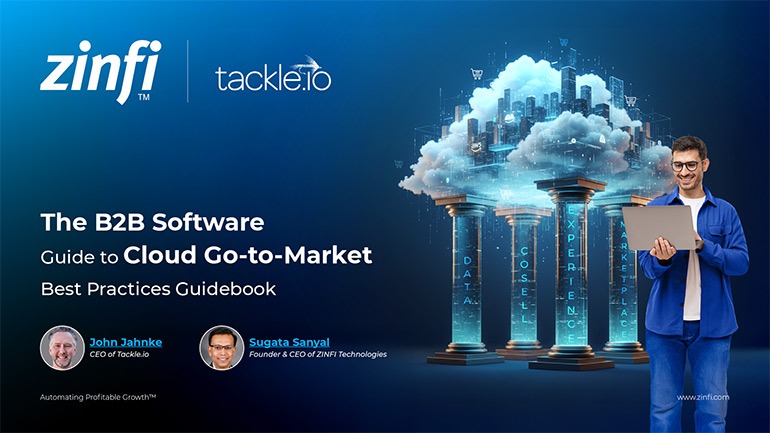 Hyperscalers, ISVs, and AI: Shaping the Future of B2B Software Distribution
Hyperscalers, ISVs, and AI: Shaping the Future of B2B Software DistributionDownload for FREE
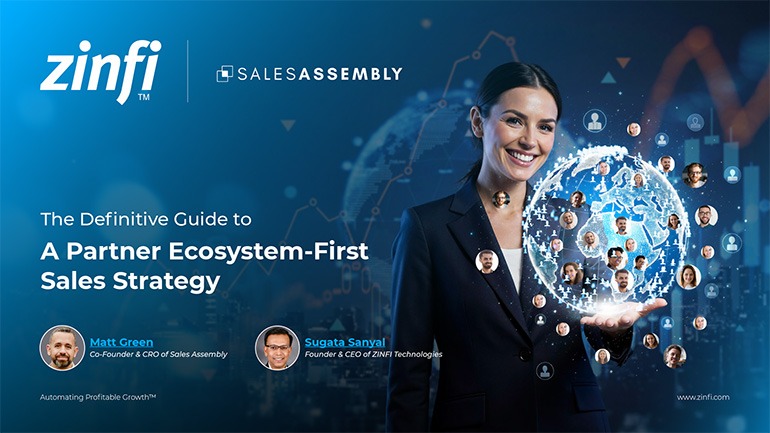 Definitive Guide to a Partner Ecosystem-First Sales Strategy
Definitive Guide to a Partner Ecosystem-First Sales StrategyDownload for FREE
 The Partner-Led Digital and AI Transformation Best Practices
The Partner-Led Digital and AI Transformation Best PracticesDownload for FREE
 Startup Talent Recruitment: Hiring Missionaries, Not Mercenaries
Startup Talent Recruitment: Hiring Missionaries, Not MercenariesDownload for FREE
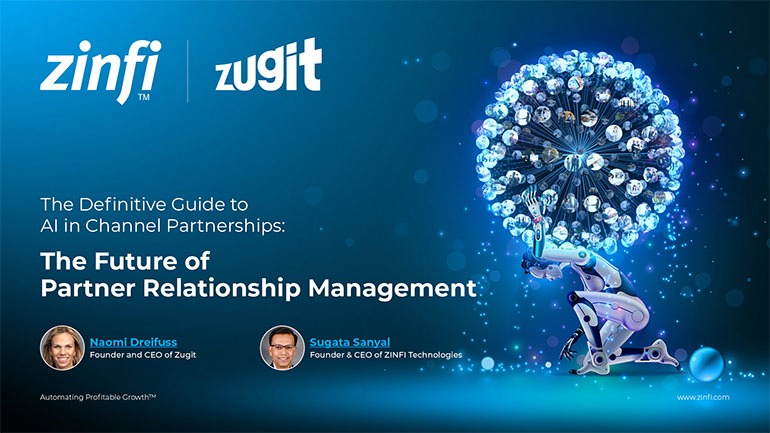 The Future of Partner Relationship Management with AI in Partnerships
The Future of Partner Relationship Management with AI in PartnershipsDownload for FREE
 Cybersecurity for the 99%: Strategies from the Frontline
Cybersecurity for the 99%: Strategies from the FrontlineDownload for FREE
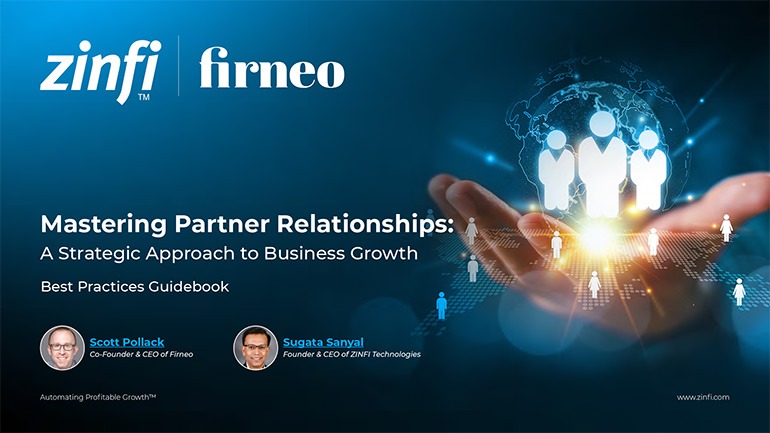 Mastering Partner Relationships: A Strategic Approach to Business Growth
Mastering Partner Relationships: A Strategic Approach to Business GrowthDownload for FREE
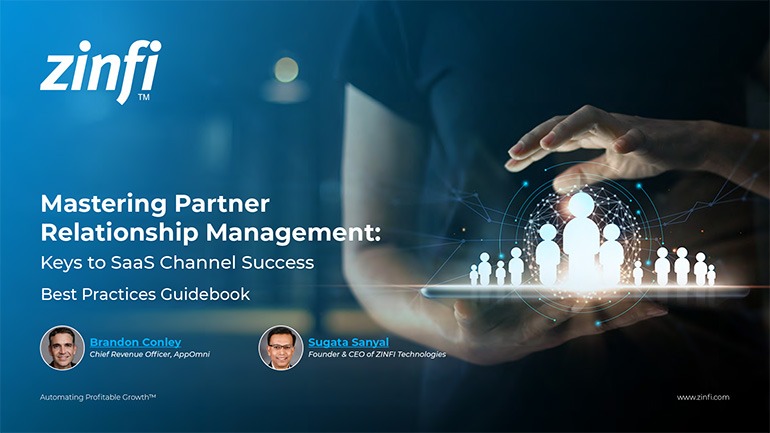 Mastering Partner Relationship Management: Keys to SaaS Channel Success
Mastering Partner Relationship Management: Keys to SaaS Channel SuccessDownload for FREE
 Navigating the AI Revolution: Guide for Partners in the Microsoft Ecosystem
Navigating the AI Revolution: Guide for Partners in the Microsoft EcosystemDownload for FREE
 Mastering the Modern Buyers Journey: Sales Leader’s Guide to AI & Engagement
Mastering the Modern Buyers Journey: Sales Leader’s Guide to AI & EngagementDownload for FREE










